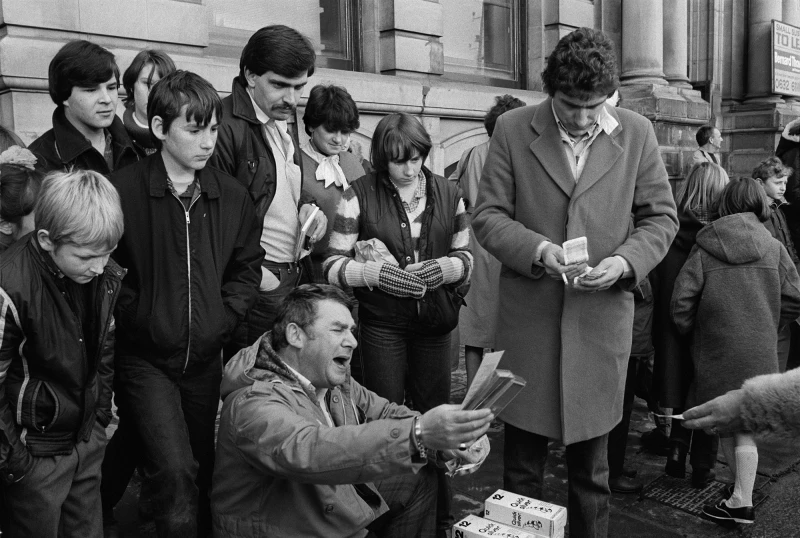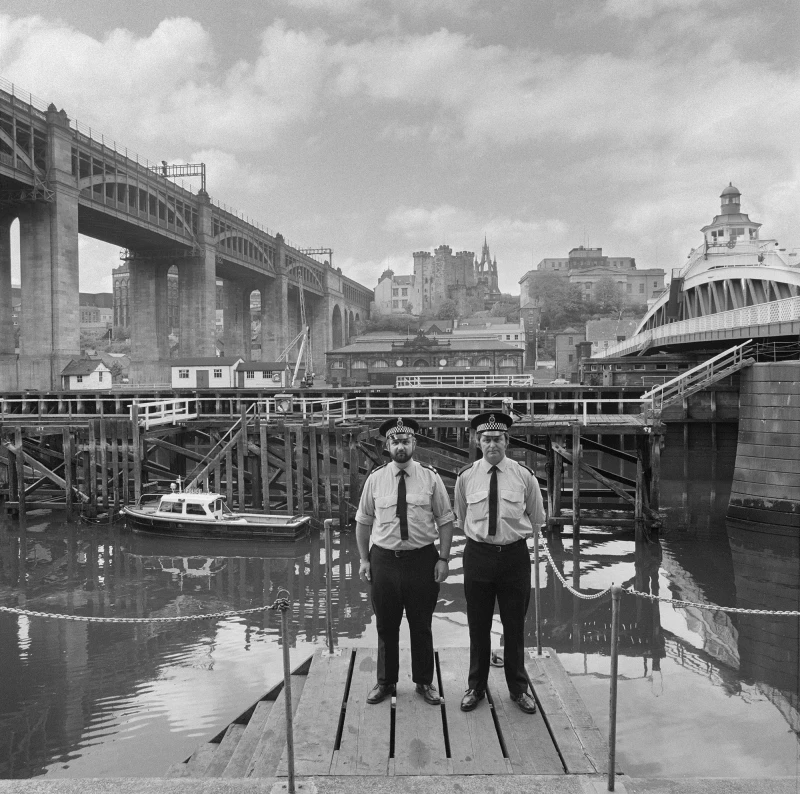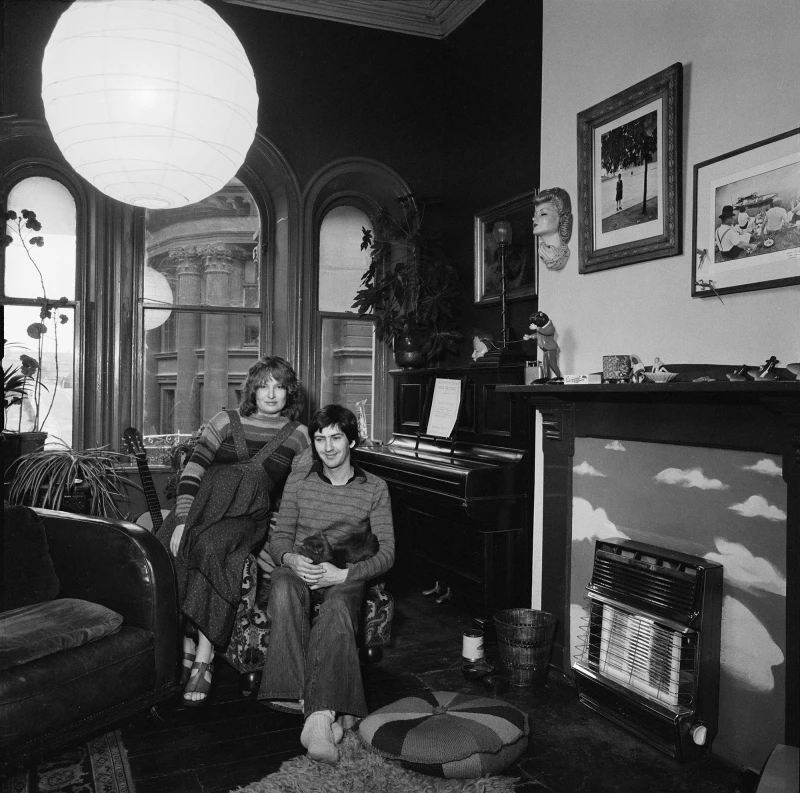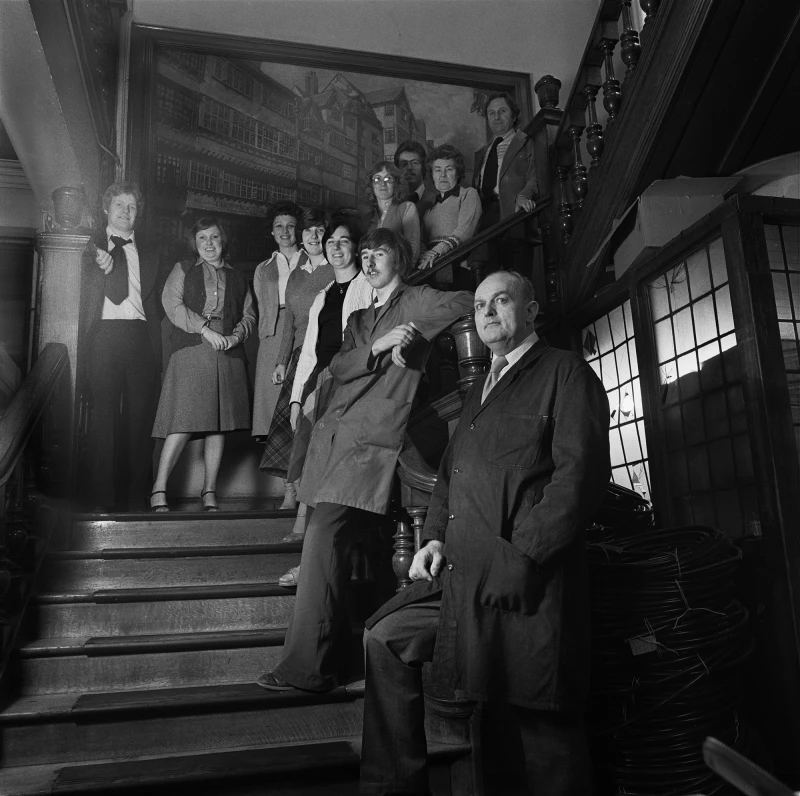Amber: Saving the Quayside
October 21st, 2025 | Laura Laffler
In the late 1970s, Newcastle’s Quayside was a place of contrasts. Once the beating heart of the working riverfront, its Victorian architecture stood as a reminder of the city’s industrial past. But with the rise of redevelopment schemes, much of this heritage was at risk of vanishing beneath concrete flyovers, car parks, and modernist visions.
At this time, Amber Film & Photography Collective stepped in—not just as documentarians, but as active participants in shaping the future of the Quayside.

From Lens to Legacy
Founded in 1968 by Murray Martin, Amber had always sought to create “documents of working class culture.” Their work was never just about art—it was about memory, and giving voice to communities often ignored in official histories.
The Quayside Project was a natural extension of that mission. Led by photographers Sirkka-Liisa Konttinen and Graham Smith, Amber undertook a meticulous photographic survey of the area. Their images captured the textures of brickwork, the worn lines of cobblestones, and the quiet resilience of a waterfront community on the brink of change.
Alongside the photographs came the 1979 film Quayside. Rather than a straightforward documentary, it lingered on architectural details and the patina of time, reflecting the tension between heritage and development.

The Clandestine Action Committee
Amber’s involvement didn’t stop at the gallery door. Murray Martin joined forces with Brian Mills, owner of Newcastle Bookshop, to form the Quayside Action Group—a grassroots movement dedicated to protecting the area’s built environment.
Meeting at Side Cinema, the group leveraged a crucial contact in the Department of the Environment to secure listed status for many Quayside buildings. This quiet but determined effort meant that almost all the Quayside’s historic architecture was spared from demolition. Aside from buildings that mysteriously burnt down the night after they were listed…

More Than Preservation
Amber’s intervention was about more than saving bricks and mortar. It was about safeguarding the cultural fabric of the city—stories told in pubs, livelihoods tied to the river, and a sense of place that can’t be rebuilt once lost.
Their campaign set a precedent for how art, activism, and community can work together to influence urban planning. It also cemented Amber’s role as not just documenters of history, but shapers of it.
Today, as you walk along Newcastle’s Quayside and admire the preserved buildings, it’s worth remembering: without the quiet persistence of a collective of artists and activists, much of this view might exist only in photographs.
